planet x company ident
The spark of imagination? The journey of creativity? Just an inspiring ride through some awesome visuals? We felt a new website deserved some new visuals and a new ident would be the perfect starting point! Like the ident itself, let's go on a journey through the creation of this VFX packed mini-rollercoaster!
Let's start with our previous ident...
The images below are a short visual interpretation of what we wanted to see and show in the new ident. With the storyboard being made first (first image), the previs quickly followed to give us a better idea of what we had to work towards. Animatics are an important part of any VFX workflow, as they make complex setups more insightful to all creatives involved and offer the opportunity to test different approaches without the burden of long render times and more expensive processes and resources.
"Beat board' breakdown of the ident. Showing the main steps that we wanted to show visually.
As seen in the previs, the large overview of the galaxy is the first visual we're faced with. Instead of going for a simulation, we went for a non-dynamic approach giving us way more control and iterability. For a start, we made a galaxy creation tool, allowing us to just draw on a circle plane and the very first few points would get scattered. Fairly quickly, a very detailed galaxy would follow.
This galaxy existed only of points. Even though the main base of the galaxy was there, it still needed a lot of work in order to get it to look good on the render.
As you can see in the clip below, many iterations were made, even iterations containing dynamic simulations of the expansion and attracting within the galaxy.
Part 2 of the new ident was the first nebulae. We wanted to enter a sort of planar tunnel, flying through the stunning imagery of space. A very quick (and interesting!) technique we used was making image planes for Nuke instead of rendering the complete volumetric sequence. In Houdini we created a few volumetric samples (image below), which were simulations containing a special velocity field being sourced into the sim to create a very specific smear/nebulae effect.
We instanced those randomly on points we scattered within the very narrow near- and far clipping plane of the camera. What we had now was a couple of very large images containing the illusion of volumetric slices of that planar nebulae tunnel. These images were then, in random order, placed one after another in Nuke, creating a semi-3d tunnel when flying right through it.
By using this method not only did we save ourselves from having to render 70-80 frames for hours, we also generated a lot of freedom for modifying the stills within the planar tunnel, for example for adding stars within the nebulae and also the speed of the fly-through.
All the volumetric slices after being edited in Nuke.
The end result of the planar tunnel.
The third part was the helix nebulae, 'the eye'. Like the galaxy, this nebulae was also modeled without a sim. It had such specific looks that modeling the volume would be easier than making a simulation and try to get it to look as closely as possible to a NASA helix nebulae reference. After the model was finished, we applied the same technique as we did for the planer tunnel nebulae described above.
3D Setup of the helix nebulae cards in nuke after slices have been created from the 3D render.
The planets we're traveling towards needed to be fictional, so we used multiple noises combined with Earth- and Mars based maps to create two separate, yet affectable looking planets. Their relative sizes had to be exaggerated immensely due to the distance the camera travels, the end point on which it arrives and the optical alignment of the planetary curves that ultimately form the Planet X logo shape.
Subtle details such as lightning in/below the clouds that cover parts of the planet and reflections in seas or lakes add to the sense of scale and enhanced realism.
Different studies to find the look of the two planets.
We wanted to create a cinematic atmosphere that resembles what Planet X stands for and achieve a mood that speaks progression, creativity and endless possibilities.
To create a sense of space, we assembled various sounds in such a way that it emphasised dynamic range. Meaning that, during the ident, we've used textured sounds that feel close by and sounds that feel distant simultaneously. We travel trough different phases in the ident. We tried to divide these phases into individual ambiances, to achieve the feeling of fast traveling. To tie everything together, we composed an arpeggiating plain musical score that also progresses fluently. Various instruments playing the same notes dissolve into each other over time to express progression and evolution.
We've also hidden a sound that resembles Planet X nostalgia; the old bell hanging in our previous studio, which was located in a century-old bell tower. It used to be rung when it was time for lunch for the team. Listen closely!
Sit back and enjoy the ride!
The spark of imagination? The journey of creativity? Just an inspiring ride through some awesome visuals? We felt a new website deserved some new visuals and a new ident would be the perfect starting point!
Like the ident itself, let's go on a journey through the creation of this VFX packed mini-rollercoaster! Click here for more...